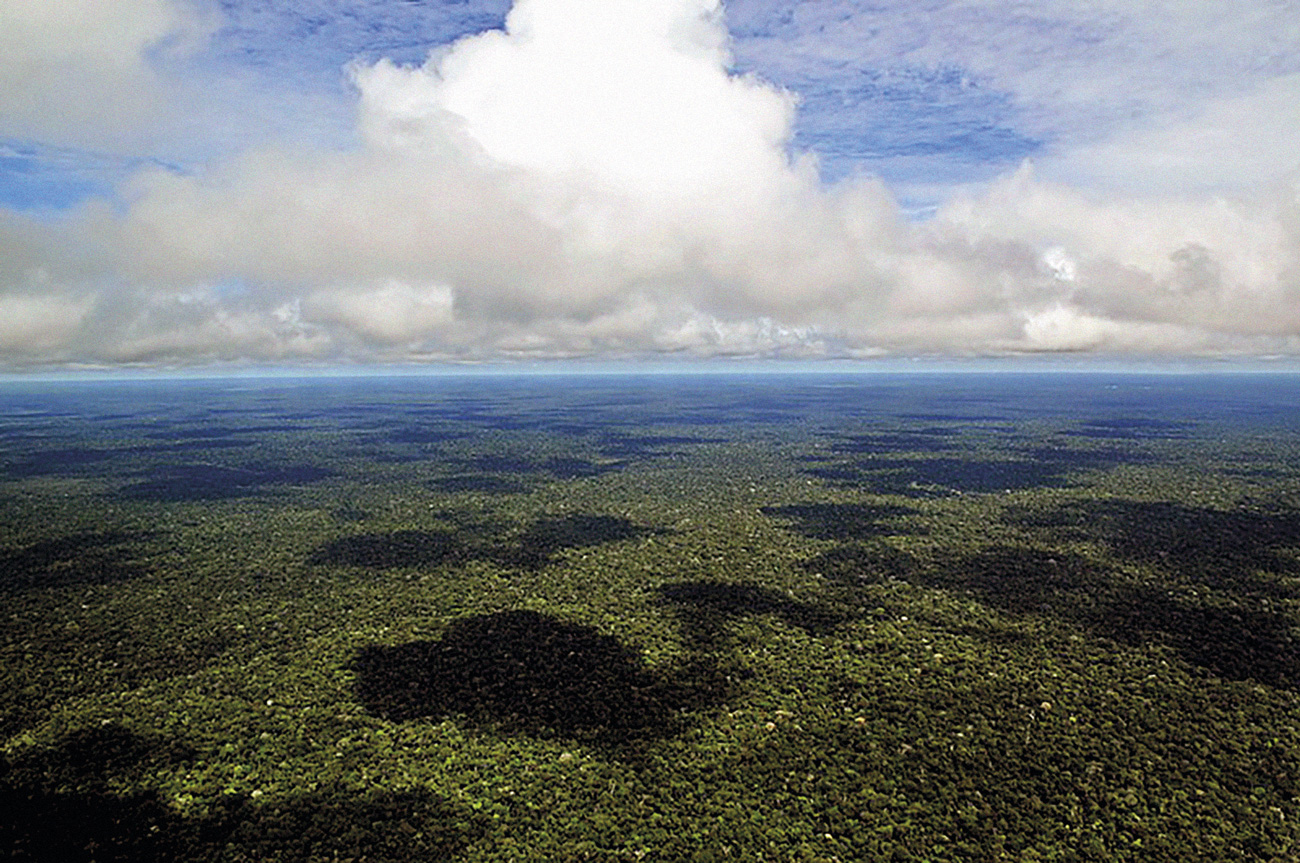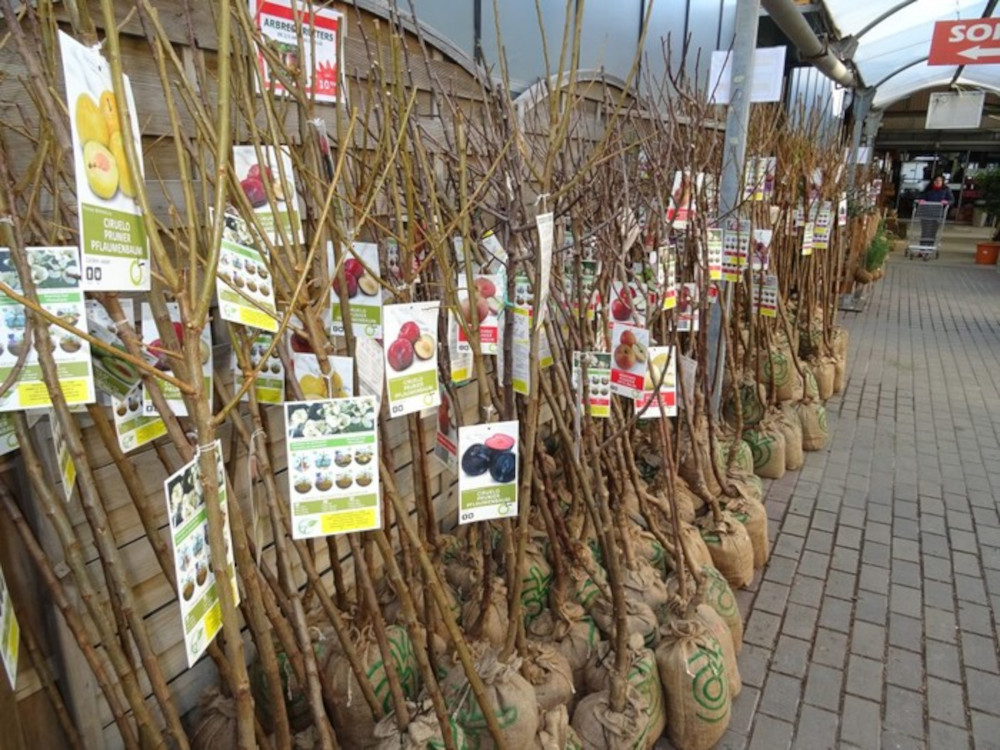How do we preserve global biodiversity that can prevent forest collapse?
- Many ecosystems have points of no return, that is, they can disappear if they suffer a special level of stress, whether by climate change, pollution or direct physical damage, and if ecosystems are connected to each other they can cause successive falls. However, forestry studies show that the ability of some ecosystems to cope with extreme weather conditions is linked to the degree of biodiversity. However, ecosystem conservation models that influence the global balance of the biosphere have not yet been generated.

Since human activities began to industrialize, the world has changed in various ways, or more concretely, world change has accelerated greatly. The main causes of this global acceleration are relatively well known: the use of fossil fuels, the mass production of various synthetic molecules and the deterioration or artificialization of various ecosystems. But in particular, this global change includes a number of changes of different level and type, some continuous and some sudden. Increases in the concentration of greenhouse gases in the atmosphere or increases in water and air pollution are continuous. Sudden changes mean a change from one situation to another. In these cases, the stress response is not continuous: in the first season, it is observed that as stress increases you can respond, but if stress exceeds a special level, then the system changes completely and passes to another situation.
The system of ocean currents of ARGIA No. 2843, to which we referred the most powerful potential change, can be more unstable than expected, so the climate can also occur in the report, but this type of collapse can occur in various local ecosystems, large or smaller, where each ecosystem guarantees in its fair measure the global balance of the biosphere. The Global tipping points report, published in
December 2023 under COP28, analyses these risks. Sonia Kéfi, director of research at the University of Montpellier, has participated in this report, summing up the question of these dangers: "We can draw the whole earth system as a gigantic network of entities connected with each other. Points of no return, like the Dominos, can make each other fall. Moreover, the significant fall of a part of the biosphere influences the climate and the connection is worth the other way. Moreover, the dependence on human activities on ecosystems has consequences on economic, social and political systems".
Diversity is not just decorative.
We have talked about the relationship between the decline of ecosystems and climate, but the levels of solidity or fragility of ecosystems in the face of climate change depend on: Forests are one of the most important ecosystems in terrestrial areas and two new studies confirm that their soundness to climate is linked to biodiversity. One, led mainly by the Chinese organization ICBR, summarizes in its title the main result: Biodiversity mitigates drought effects in the decomposer system across biomes (Biodiversity reduces the effects of drought on biomass putrefaction systems of different biomes). In general, Gutiérrez has been researched for soil beings that consume dead biomass, such as earthworms, even though these beings have a few hundred kilos per hectare and are of great importance in the nitrogen and carbon cycle.
“We can draw the entire earth system like a giant network of entities connected to each other. Points of no return, like the Dominos,
can fall each other”
Sonia Kéfi
This new work shows us that the diversity of these beings is key for the rotting of dead forest biomass to occur also in dry conditions. Rot of dead biomass is a process of carbon capture in the soil and, in general, for the survival of forests, with all the collateral benefits of forests. The other research, Microclimate modulation: An overlooked mechanism influencing the impact of plant diversity on ecosystem function, has been conducted from the German biodiversity research center iDiv. In this sense, the evolution of the microclimate of different ecosystems has been analyzed since 2002. Temperature changes have sought to investigate what has occurred in the microclimates of the forest and grassland, analyzing the phenomenon in function of plant diversity. Increased plant diversity increasingly lowers extreme temperatures and facilitates ecosystem processes such as putrefaction of dead biomass. Basically, in the face of the climate that is warming and imbalanced, the most varied forests are the ones that best survive and continue to capture carbon.
At the other end, monolands are more fragile and will leave more free to capture carbon in dry or warm conditions, although the mass planting of trees is of course a remedy, the engineering of the elimination of atmospheric CO2 from ARGIA No 2864: an excuse to continue to exploit the land? as explained in the report.
The future of the Amazon and of us
The results of both investigations are equally valid for the world’s most emblematic jungle, and for the world’s largest river: if the Amazon survives, it must remain as plural as possible. In the current situation, the Amazon generates its own water cycle, causing the evaporation of trees and plants, causing local rains and mitigating the changes in rainfall between the different times.
.jpg)
In addition, the rains produced by the Amazon occur in a wider region than in the Amazon itself, from Colombia to Uruguay, guaranteeing the human activity of the regions. However, climate change can reduce rainfall in the Amazon, causing a portion of the trees to die and as a result less indigenous rainfall is generated. This would result in a tree death dynamic, increasing carbon emissions into the atmosphere and, ultimately, further aggravating climate change.
Faced with the climate that is warming and imbalanced, the most varied forests survive better and are the ones that will continue to capture carbon.
In order to avoid this vicious circle, it is therefore essential to protect and maximise Amazon biodiversity. This means, of course, that massive cuts are interrupted. 63% of the Amazon region is controlled by Brazil and the situation with regard to logging was exacerbated by Jair Bolsonaro as early as 2019. He also claimed Brazilian sovereignty as justification for the Courts, totally denying global interdependence and its responsibility for it. Fortunately, deforestation became apparent with the victory of Luiz Inázio Lula Da Silva in the last elections, when he took action against it in 2023. The fact that the chance of almost two-thirds of an ecosystem that promotes global stability depends on the outcome of a State’s election results in dizziness. This precarious and unbalanced situation is increasingly linked to the decision-making institutions and models created in recent centuries mainly in Europe, and its obsolescence is increasingly evident. It is time to think about new ways of achieving sovereignty.
The dust has lifted the actions of a group of strangers against a Kutxabank monoculture in the Urola valley. In this regard, ENBE, ENBA and GBE (Gipuzkoako Basozale Elkartea) offered a press conference. They condemned the fact and called for the perpetrators to punish it.
After... [+]























